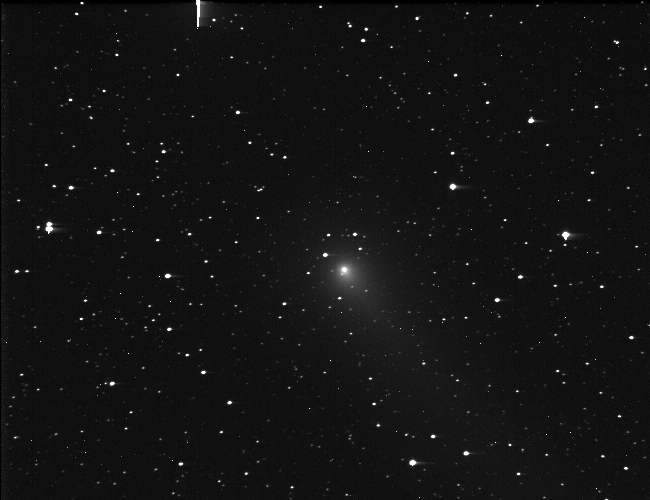Already swan could be.
Comet siding spring visibility.
Gas and dust in the comet s nucleus and coma often separate into two parts of the comet s tail.
The first finder chart has a field of view of 50 degrees while the second one has a field of view of 10 degrees.
Comet c 2013 a1 siding spring will make a very close flyby of mars on oct.
Below we provide comet c 2013 a1 siding spring finder charts showing where the object is right now in the sky with respect to the brightest stars.
Comet c 2013 a1 siding spring position and finder charts.
Comet c 2020 f8 swan captured by australia s siding spring telescope.
This is a composite image because a single exposure of the stellar background comet siding spring and mars would be problematic.
The solid icy comet nucleus is too small to be resolved in the hubble picture.
The comet s bright coma a diffuse cloud of dust enshrouding the nucleus and a dusty tail are clearly visible.
Comet c 2020 f8 swan captured by australia s siding spring telescope.
Mcnaught using the uppsala southern schmidt telescope.
Hubble images show comet siding spring has passed the snow and water lines the points at which the sun s warmth activates or releases gases and water ice to form the coma and tail.
Have a look for yourself.
Now comet swan could deliver on the promise of a rare night sky show that atlas failed to provide.
Passing at a distance of only 87 000 miles by comparison that s little.
A comparison of the predictions below such as visible in small telescopes to the magnitude of each comet.
This page uses code developed for skytools to predict the visibility of a comet in the eyepiece.
A comet s dust tail is the trail of dust and gas illuminated by the sun.
Comet visibility in the eyepiece.
Comet mcnaught also known as the great comet of 2007 and given the designation c 2006 p1 is a non periodic comet discovered on 7 august 2006 by british australian astronomer robert h.
Comet siding spring nasa.
It was the brightest comet in over 40 years and was easily visible to the naked eye for observers in the southern hemisphere in january and february 2007.

